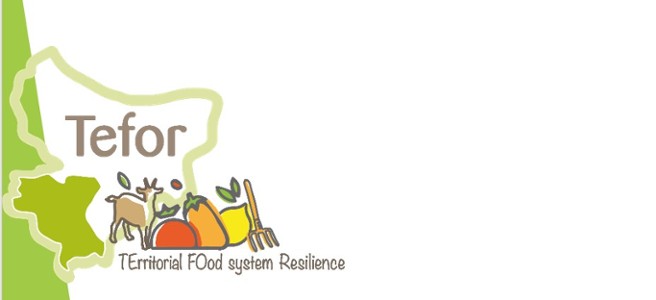Academy of Excellence "Space, Environment, Risk and Resilience"
Conference "Challenges for imaging and modeling complex media and processes: The Earth's interior and earthquake rupture"
on the March 31, 2018
Seven laboratories and more than fifty participants gathered for the "Challenges for imaging and modeling complex media and processes: The Earth's interior and earthquake rupture" day, organized by the House of Modelling, Simulation and Interactions (MSI), and the Academies "Complex Systems" and "Space, Environment, Risks and Resilience".

The "Challenges for imaging and modeling complex media and processes: The Earth's interior and earthquake rupture" day, co-organized by MSI and UCA Academies 2 and 3, was successfully held on Friday, March 29, 2018 at Gredeg.
Eight speakers took part in the day, which was an opportunity for mathematicians, computer scientists, geographers and many others to exchange on modern techniques in the imaging of complex environments and the modeling of evolutionary processes in time and space. The discussions went far beyond the Earth and earthquakes, and showed that new collaborations and projects were possible and excited the laboratory members present (Geoazur, Inria, LJAD, Cemef-Mines ParisTech, CEREMA, Lagrange, INPHYNI).
Program:
- Introduction by Isabelle Manighetti (Head of Academy 3; Geoazur, OCA) and Stéphane Descombe (MSI Manager)
- Jean-Paul Ampuero (Geoazur and Caltech, UNS and IRD) Dynamic modeling of earthquake rupture
- Daniel Pino Muñoz (Mines ParisTech) Accelerating frictional rupture: exploring the physics of earthquakes through numerical experiments
- Olivier Pantz (J.A. Dieudonné Laboratory, UNS) Shape optimization by the homogenization method
- Yuliya Tarabalka (Inria Sophia Antipolis Mediterranean) Deep learning approaches for remote sensing image interpretation
- Anthony Sladen (Geoazur, UNS) Challenges in earthquake source imagery
- Guust Nolet (Geoazur, UNS) Galapagos - a first experiment in seismic tomography using MERMAID
- Karin Sigloch (University of Oxford) Seismic tomography of the transition zone and lowermost mantle using unconventional body waves
- Stéphane Operto (Geoazur, UNS) Seismic imaging of the Earth's interior by Full Waveform Inversion: theory, algorithm, and application
Academy 3 "Space, Environment, Risks and Resilience" hopes to repeat in the near future this unifying, inter-disciplinary experience that has placed high-level science at the heart of discussions.



















